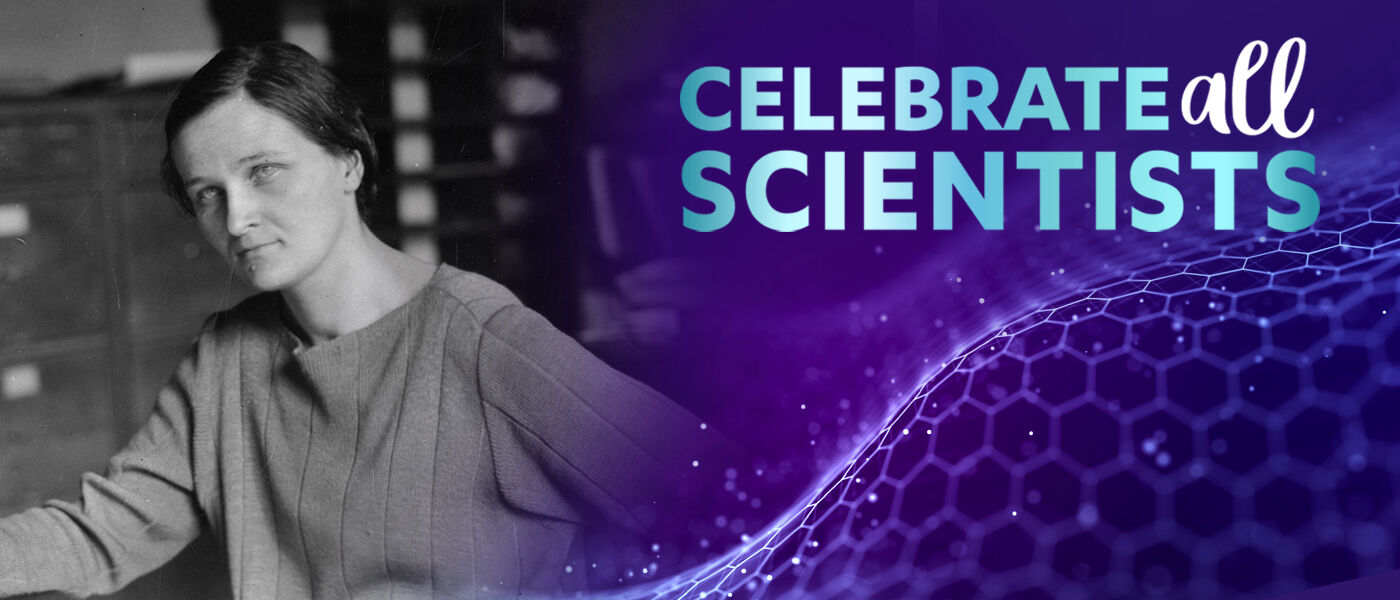Celebrate All Scientists: Cecilia Payne-Gaposchkin, PhD

March is Women’s History Month, and LSC celebrates astronomer Cecilia Payne-Gaposchkin.
Most people know the 1920s in America as a time of lively social change. Women had just gained the right to vote. Art and music flourished. Automobiles, film, radio, and electrical appliances forever altered the social fabric of everyday life. In the midst of this cultural whirlwind, astrophysics had its own revolution taking place within the walls of Radcliffe College, the sister school of the all-male Harvard University, thanks to one 25-year-old woman who had crossed an entire ocean to study the stars.
Although most universities at the time barred women from earning academic degrees, Cecilia Payne-Gaposchkin, born in Buckinghamshire, England, not only became the first to earn a PhD in astronomy from Radcliffe College but also pioneered the revolutionary discovery that taught us what stars are made of. At the time, many astrophysicists believed that our sun was composed of "heavy elements'' like those found on Earth, such as calcium, silicon, and carbon. However, Cecilia Payne reached a different conclusion in her 1925 doctoral dissertation. Applying Indian physicist Meghnad Saha's ionization theory, she concluded that stars like the sun were overwhelmingly composed of hydrogen, a "light element," and helium. Her thesis precipitated a groundbreaking conclusion: Hydrogen is the universe's most abundant element.
Payne's work was reviewed by one of the most prominent astronomers at the time, Henry Norris Russell, who rejected her new findings in favor of keeping with the commonly accepted theory at the time. Although disappointed, even Payne accepted his conclusion. Four years later, however, Russell realized and acknowledged that Payne's original work was correct!
After earning her PhD, Cecilia Payne went on to a lifelong career in astronomy while inspiring the next generation of female scientists. Despite numerous institutional challenges, such as the exclusion of women from professorships, Payne remained scientifically active throughout her life, writing books on high-luminosity stars, delivering lectures, and editing academic journals. In 1976, she won the Henry Norris Russell prize for a lifetime of excellence in astronomical research.
In her autobiography, Payne-Gaposchkin reflected on Russell’s initial rejection of her work: “I was to blame for not having pressed my point. I had given in to Authority when I believed I was right. That is another example of How Not To Do Research. I note it here as a warning to the young. If you are sure of your facts, you should defend your position.”
